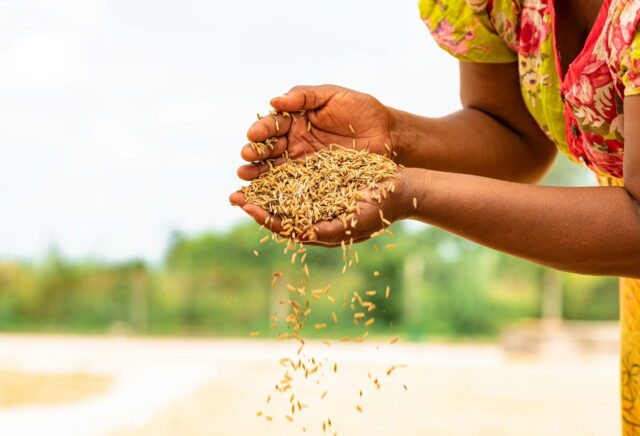This article is included in these additional categories:
A recent report from PwC titled “Climate Risks to Nine Key Commodities: Protecting People and Prosperity” underscores the urgent need for corporate leaders to expedite action plans for safeguarding commodities essential to global populations and economies. The analysis spans nine commodities categorized into critical minerals (copper, cobalt, lithium), key crops (wheat, rice, maize), and vital metals (zinc, iron, aluminum). The findings reveal that despite the potential reductions in emissions mitigating some risks, significant challenges remain under even optimistic low emissions scenarios.
Critical Minerals: By 2050, even with substantial reductions in global carbon emissions, over 70% of cobalt and lithium production may still face high or extreme drought risk, a stark increase from current levels. Similarly, copper production’s exposure to drought risk is set to rise substantially.
Key Crops: Wheat, rice, and maize, which collectively provide 42% of the global caloric intake, are experiencing escalating risks from heat and drought. Notably, under a high emissions scenario, 90% of the world’s rice production could confront severe heat stress by 2050.
Vital Metals: The research predicts significant increases in climate risks for critical metals, with bauxite and iron facing growing heat stress and zinc encountering heightened drought risks by mid-century.
Proactive Measures by CEOs to Combat Climate Threats
According to the 2024 Annual Global CEO Survey by PwC, 47% of CEOs are already taking steps to shield their workforce and physical assets from climate-related risks. Emma Cox, Global Climate Leader at PwC UK, emphasizes the dual focus on emission reduction and adaptation strategies as critical for ensuring the production of essential commodities. Cox advocates for businesses to better understand their dependencies and impacts to transform their consumption and production models collaboratively.
Strategic Adaptation: The Path Forward for Global Industries
Will Jackson-Moore, Global Sustainability Leader at PwC UK, points out that many critical commodity-producing regions are likely to face intensified drought and heat stress by 2050, even under low emissions scenarios. To mitigate economic losses and safeguard ecosystems, he advises that understanding the impacts of climate disruption and engaging in multi-stakeholder adaptation efforts are essential. The path forward involves:
Enhancing Resilience: Businesses must identify and manage risks throughout their supply chains to improve resilience against climate impacts.
Capitalizing on Opportunities: There is a significant opportunity for businesses to innovate in products, services, and models that facilitate adaptation to climate change.
Collaborative Efforts: Engaging with stakeholders, from governments to communities, is crucial to driving the policy and systemic changes necessary for effective adaptation.
The PwC report serves as a call to action for industry leaders worldwide to not only prepare for but actively engage in mitigating the pervasive risks posed by climate change on essential commodities.




